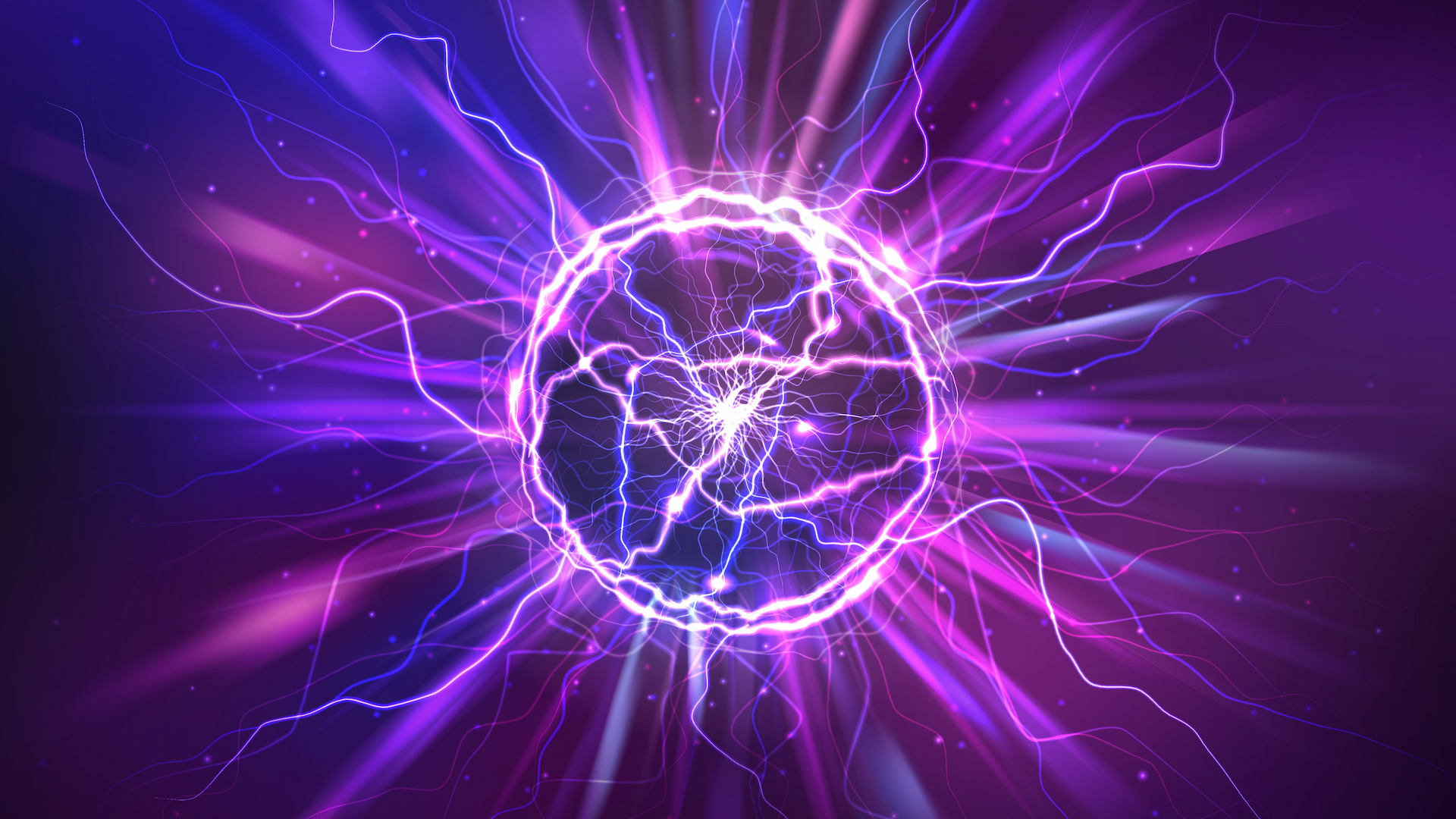The realm of energy is one of constant evolution, where scientific breakthroughs often unlock solutions that a few decades ago would have seemed implausible. At the heart of this continual revolution lies a subatomic particle that’s been quietly permeating our universe since its inception: the neutrino. Neutrinos, with their incredibly small masses and lack of charge, seem nearly ethereal, and yet they are central to one of the most promising energy technologies of the 21st century – Neutrinovoltaic.
The Fundamentals of Neutrinos
Before delving into the complexities of neutrinovoltaic technology, understanding neutrinos is crucial. These ghostly particles, trillions of which pass through us every second, are remnants of cosmic events like exploding stars. They barely interact with matter and can effortlessly pass through dense substances, including the entire Earth. Their elusive nature is precisely why they were a challenge to detect and study. Yet, it’s this very characteristic that makes them a boundless energy source.
The Genesis of Neutrinovoltaic Technology
Neutrinovoltaic technology leverages the intrinsic property of neutrinos, which, despite their ethereal presence, possess mass. This crucial revelation, grounded in the seminal work of physicists Arthur B. McDonald and Takaaki Kajita, aligned perfectly with Einstein’s profound equation, E=mc^2. Here, energy (E) is derived from mass (m), suggesting that even the minuscule mass of a neutrino can be equated to energy. Harnessing this energy is the foundation of neutrinovoltaic technology. It works on a principle where the kinetic energy of neutrinos and other non-visible forms of radiation is transformed into usable electrical energy.
Mechanics of Neutrinovoltaic Conversion
The conversion mechanism itself is a marvel of modern-day nanotechnology and quantum physics. At its core, the technology employs a metamaterial made of layers of ultra-thin graphene and silicon. This material, when attached to a metallic substrate, vibrates upon being struck by neutrinos. These dual vibrations – both vertical and horizontal – generate a resonance, which is then converted into electrical energy. Essentially, a neutrino’s impact is analogous to striking a tuning fork; it causes perturbations, which we can harness.
The Quantum and AI Enhancements
The Neutrino Energy Group has been at the forefront of integrating advanced scientific principles to refine this conversion process. Quantum mechanics, a pillar of modern physics, examines nature’s most fundamental particles and their dynamic interactions. By applying quantum principles, scientists at the Neutrino Energy Group have delved into the granular interactions between neutrinos and the metamaterial, allowing for optimizations in energy capture.
Furthermore, artificial intelligence (AI) has enabled more efficient designs and configurations for the neutrinovoltaic devices. Machine learning algorithms, a subset of AI, have been trained on vast datasets to predict the most effective material compositions and structures that optimize neutrino capture and conversion. Through iterative simulations and real-world testing, AI has augmented the pace of R&D, propelling neutrinovoltaic technology to greater efficiencies.
Groundbreaking Achievements of the Neutrino Energy Group
The Neutrino Energy Group, armed with a blend of classical physics, quantum mechanics, and AI, has unveiled several path-breaking devices. Central to their innovations is the Neutrino Power Cube. This device is the epitome of their vision: converting the relentless flow of neutrinos and other non-visible forms of radiation into power. Its adaptability sets it apart. Unlike solar or wind energy, which are bound by environmental variables, the Neutrino Power Cube is consistent. Whether it’s night or day, stormy or clear, its energy output remains steadfast.
Another sterling application is the Pi Car, a testament to the limitless potential of neutrinovoltaic technology. This vehicle does not rely on conventional fuels or even mainstream renewables. Instead, it draws energy from the ever-present stream of neutrinos and other non-visible forms of radiation. The implications are profound: vehicles that don’t emit pollutants, never require refueling, and serve as models for sustainable transportation.
Implications and Potential of Neutrinovoltaic Technology
Beyond just devices, the principles of neutrinovoltaic technology present a paradigm shift in global energy landscapes. The environmental benefits are clear. With the looming specter of climate change, largely attributed to CO2 emissions from burning fossil fuels, transitioning to clean energy sources isn’t an option; it’s an imperative.
Moreover, there are broader societal implications. Consider remote areas where traditional energy grids are non-existent. Such regions often rely on polluting diesel generators. Neutrinovoltaic devices could revolutionize these scenarios, allowing these areas to bypass the pollution and expense associated with conventional energy sources. The technology’s disaster-response potential is also noteworthy. In crisis scenarios, when traditional energy infrastructures are compromised, the Neutrino Power Cube can offer a lifeline. Its ability to consistently generate energy, irrespective of external conditions, can ensure the uninterrupted operation of critical communication and medical devices.
The Road Ahead
While neutrinovoltaic technology promises a sustainable future, challenges lie ahead. Research is ongoing to enhance the efficiency of energy conversion. As with all renewable technologies, scalability and affordability will be key to its global adoption. Here, the interplay between AI, quantum mechanics, and traditional physics will be crucial. In the panorama of renewable energy, many sources have etched their mark – from the gusts that turn wind turbines to the sunlight that powers solar panels. Yet, the Neutrino Energy Group’s vision is clear: to harness the universe’s ghostliest particles to power our world. As neutrinos and other non-visible forms of radiation continue their ceaseless dance through the universe, we stand on the brink of an energy revolution, powered not just by the tangible but also by the ethereal. In the intricacies of these subatomic particles, we find the potential for a brighter, cleaner, and more sustainable future.


